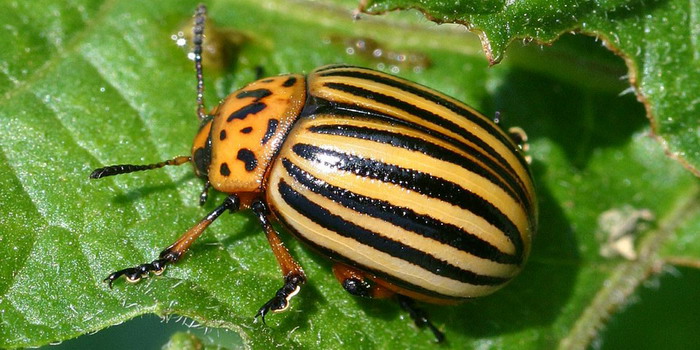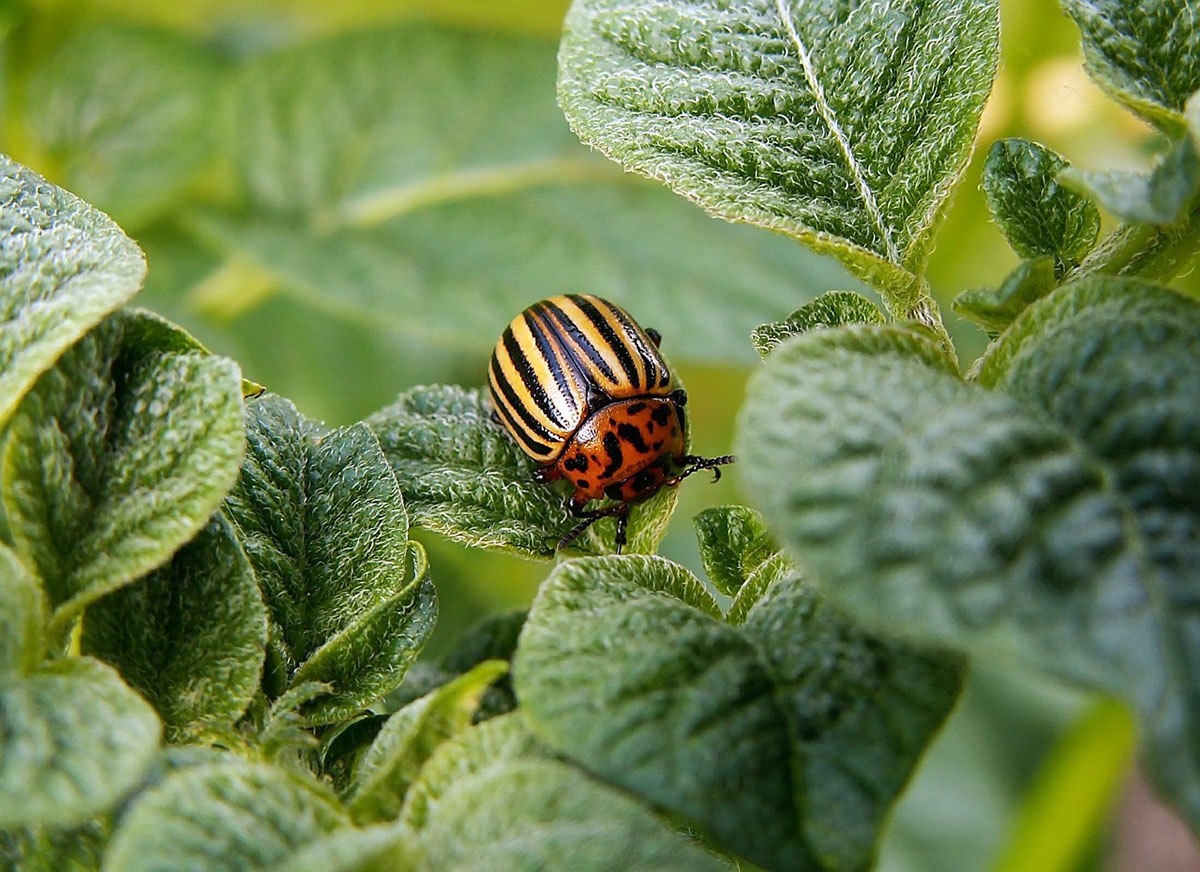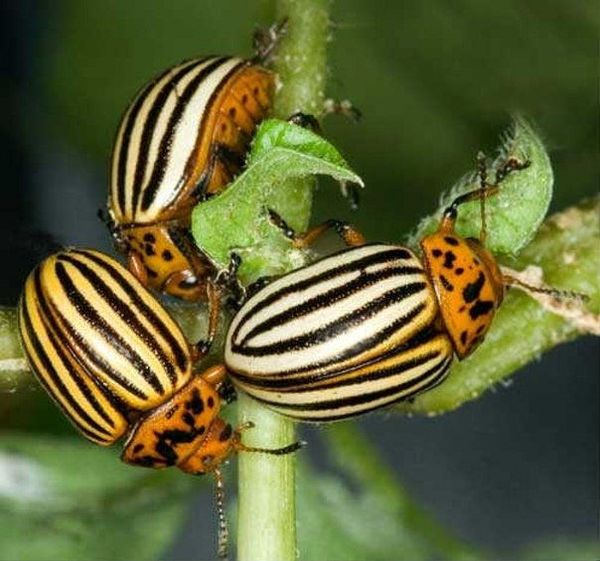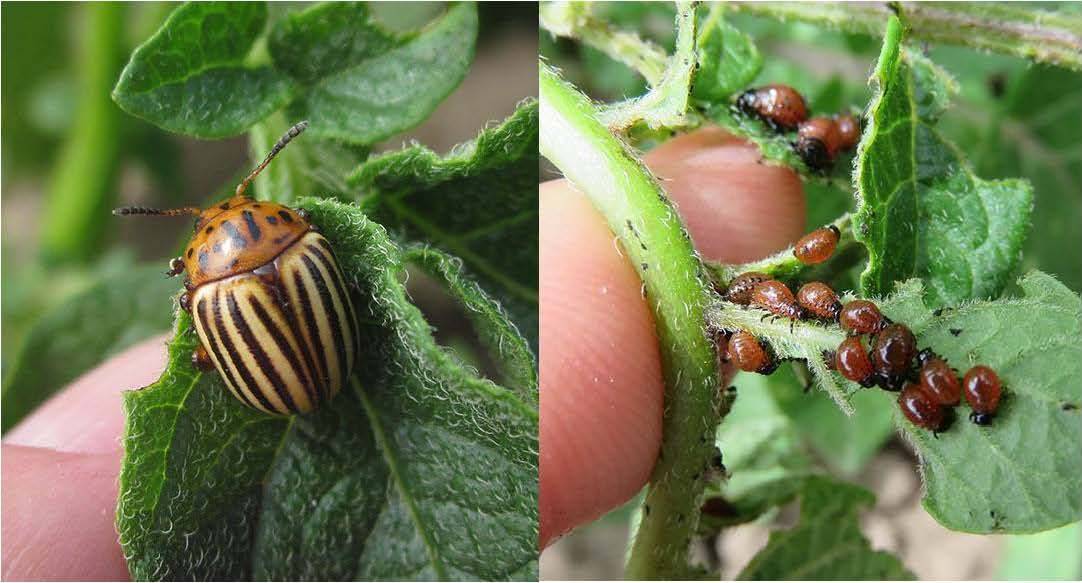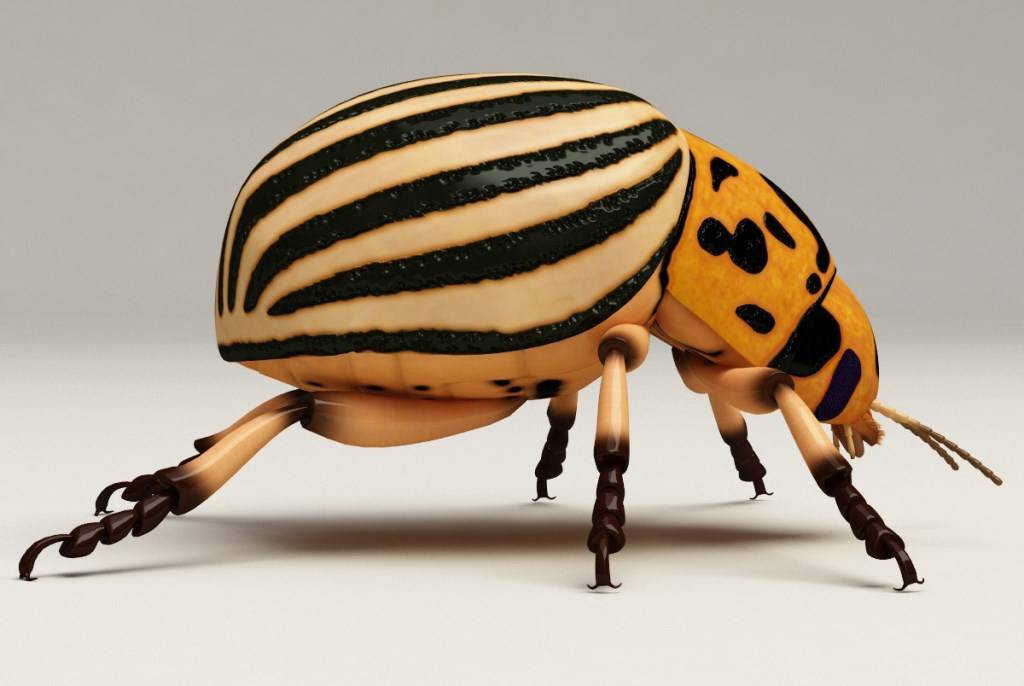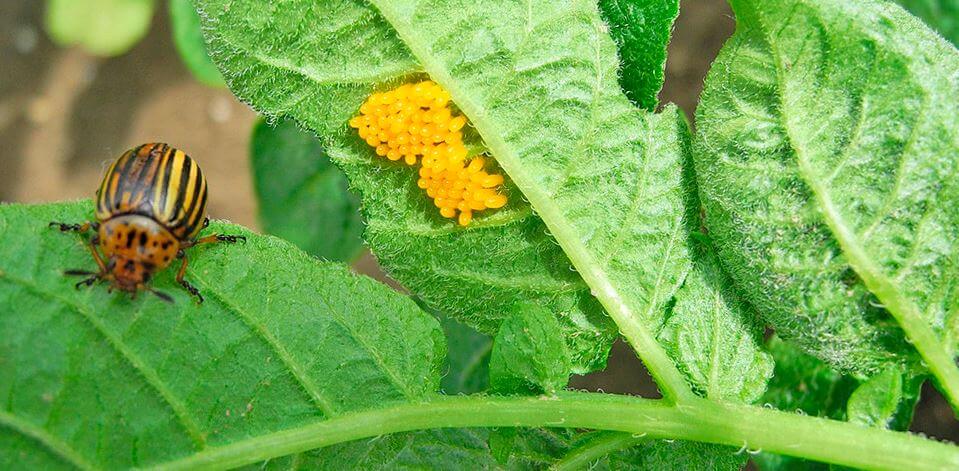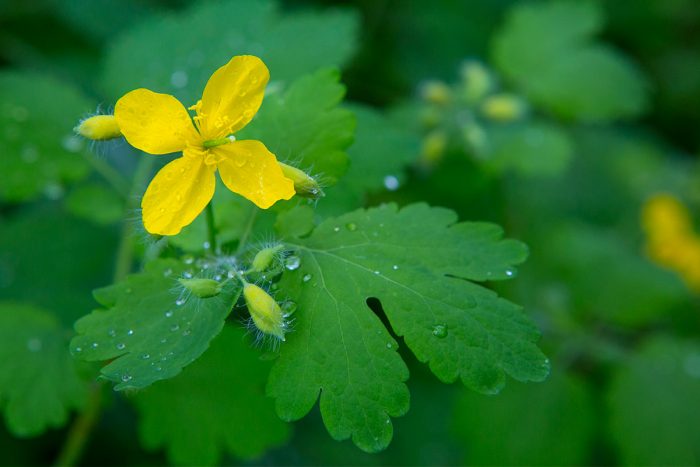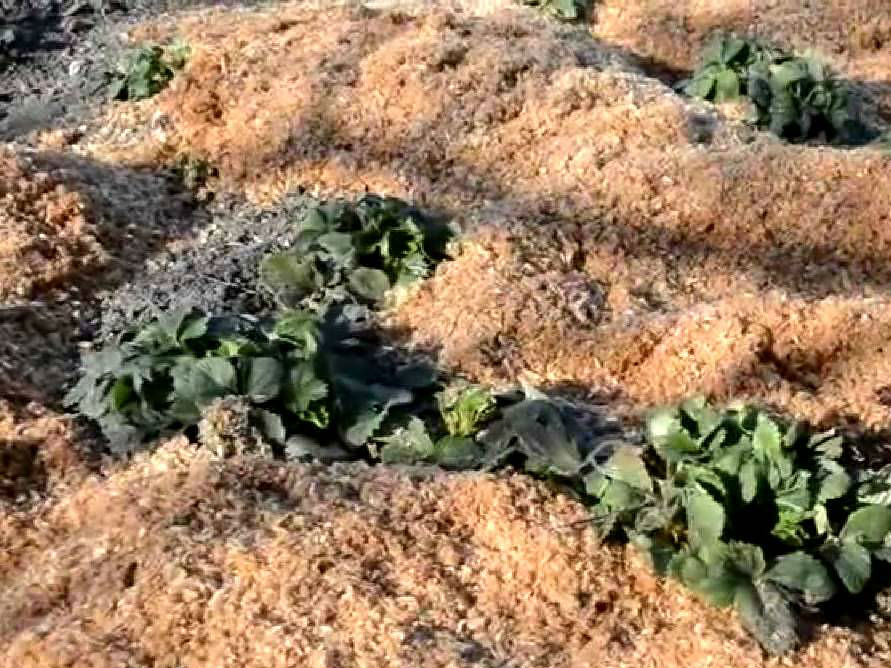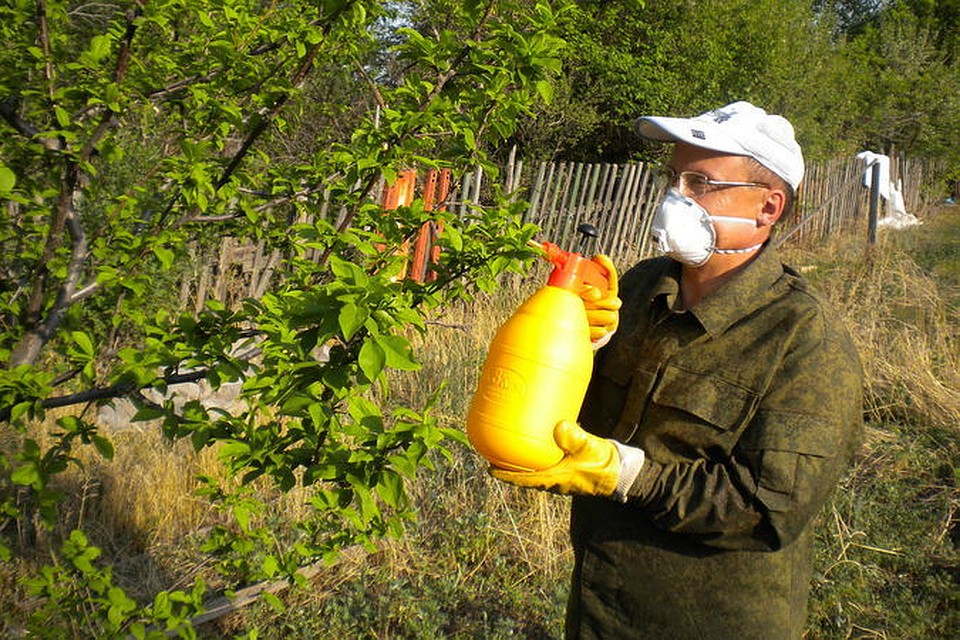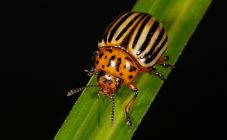Content:
The Colorado potato beetle is the main trouble for gardeners who grow potatoes. Fortunately, experienced gardeners have come up with many reliable and inexpensive ways to get rid of it.
Mustard
Mustard is a very good way to get rid of nesting larvae. For 1 part of mustard, take 10 parts of water and add a little laundry soap and spray the plantings.
Potato traps
Chopped potatoes, folded in a container, are great bait for beetles. The container is dropped in between the rows and lubricated with potato juice. It is enough to place 1 jar for every 5 square meters. The summer resident will only have to collect the "harvest" that has fallen into the banks.
Manual collection
Owners of small areas do not have to bother with processing and just collect beetles by hand. The collection container should contain soapy water or saline solution. Some people fill a container with kerosene, but this is not the best idea, as this substance can be inhaled and poisoned.
Juniper
Beetles hate the smell of juniper. To scare them away, young shoots are placed directly in the holes before planting.
Garlic and onion
Garlic and onion sprays are suitable in the early stages of growth, when the beetles are not yet bred.
A kilogram of onion husks filled with two buckets of boiling water and infused for 2 days will help get rid of pests as soon as possible.
200 grams of grated heads of garlic and the same amount of onion skins, drenched in 10 liters of water and boiled for 2 hours, are an excellent remedy. For processing, this solution must be filtered, add water up to 10 liters and add a little laundry soap.
Clover
White clover, a legume, enriches the land with nitrogen, which the Colorado potato beetle dislikes. To protect against beetles, clover is planted in the aisles, near the beds and around the perimeter.
Celandine
Celandine is poisonous, so you need to wear gloves and closed clothing to use it. Processing is done before planting. For this, the tubers are soaked in a highly concentrated solution. For its preparation, a bucket is filled with a fresh plant, filled with water and boiled. The mixture is infused for a day.
Natural predators
Birds, insects and frogs can handle the beetle just as well as chemical treatment. This method is universal, and, most importantly, safe for plants and humans.
Sawdust
Mulching with wood shavings and sawdust will help protect your plantings from pests. This treatment should be carried out after germination 3 times a month. Once a month is enough after flowering. Fresh sawdust is used for the procedure. This method is also good weed control.
Sagebrush
Wormwood infusions are good for beetle larvae. A glass of wormwood and a glass of ash mixed with a bucket of hot water, which have settled for several hours, are good for sprinkling potatoes. First, you need to add a tablespoon of laundry soap to them for viscosity. The spraying weather should be dry and free of wind.
